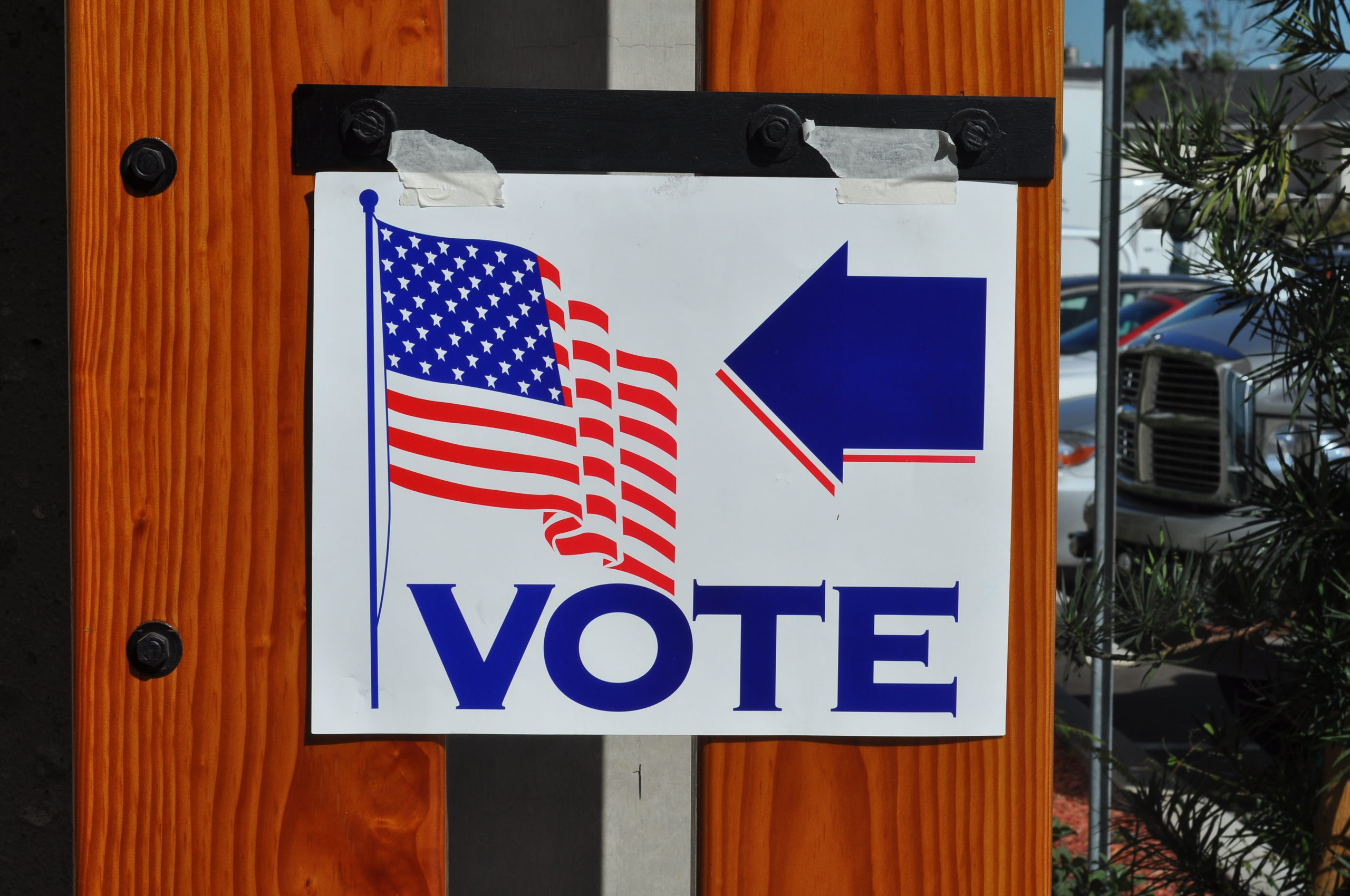[Editor’s note: This article is republished with permission from Sightline Institute. Read the original article here.]
The United States Supreme Court earlier this week refused to decide on a Pennsylvania Supreme Court ruling that allowed the state to count ballots postmarked on November 3 and received three days later. For the moment, that means Pennsylvania ballots postmarked by Election Day and received through November 6 could be counted. The opinion may have looked like a win for voting rights in a battleground state that has, for years, struggled with its tight deadlines and disenfranchisement. But it’s too early to celebrate.
Three justices—Samuel Alito, Clarence Thomas and Neil Gorsuch—in an opinion said they could still reconsider the reversal after the election. And if they do choose to side with the Pennsylvania Republican Party, ballots that arrived after November 3 could be tossed out. The state plans to separate out those ballots in case it needs to discount them after a Supreme Court ruling.
“I reluctantly conclude that there is simply not enough time at this late date to decide the question before the election,” Justice Alito wrote. “That does not mean, however, that the state court decision must escape our review. … The Court’s denial of the motion to expedite is not a denial of a request for this Court to order that ballots received after election day be segregated so that if the State Supreme Court’s decision is ultimately overturned, a targeted remedy will be available. “
As a reminder, state officials have been trying to fix Pennsylvania’s deadline problem for years. The deadlines are so tight, the vast majority—94 percent—of ballots not counted in the 2018 midterm were rejected due to missing a deadline, according to the US Election Assistance Commission. The number of rejected absentee ballots has spiked over the years. In 2018, Pennsylvania rejected more than 4 percent of all absentee ballots—high above the national average rejection rate of 1 percent. Add a pandemic and delays with the US Postal Service, and state officials warned of massive voter disenfranchisement this November if they didn’t change their election laws.
The Pennsylvania Supreme Court in September ruled that the state should be allowed to count ballots arriving three days after polls close. The state Republican Party challenged that ruling to the US Supreme Court, urging justices to reverse the decision from the state’s highest court.
With the new opinion, the door is left open for a reversal—and voters mailing their ballots this close to Election Day risk having their votes eventually tossed out.
The Ohio River Valley Institute and Sightline Institute are 501(c)3 non-profit organizations. They do not support, endorse, or oppose any candidate or political party.

